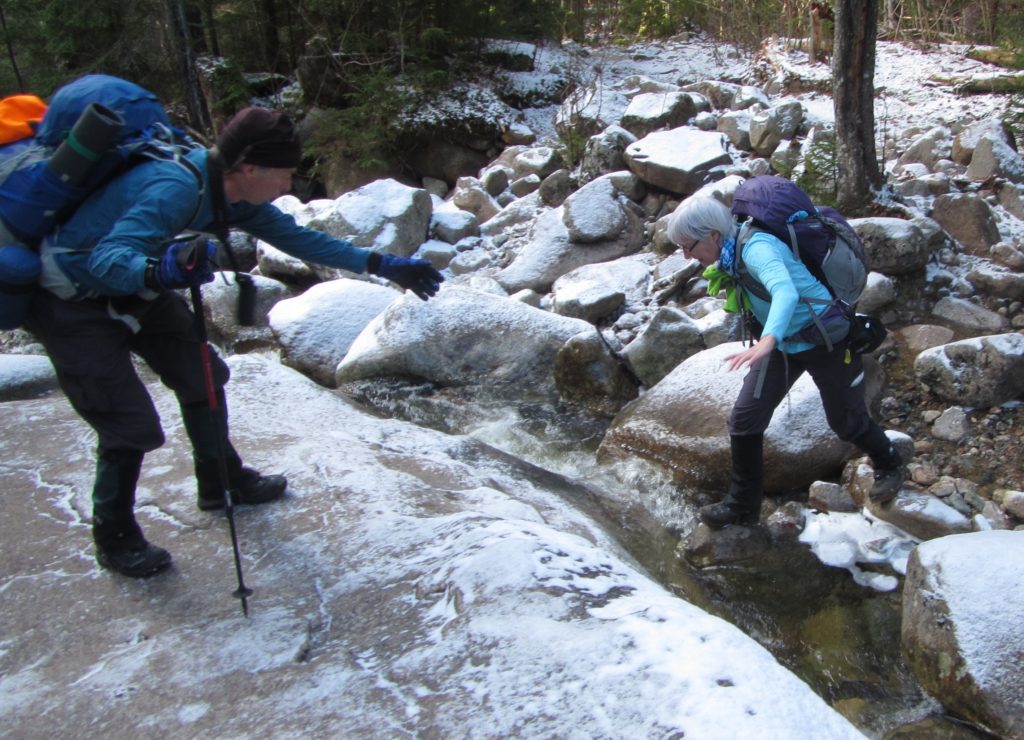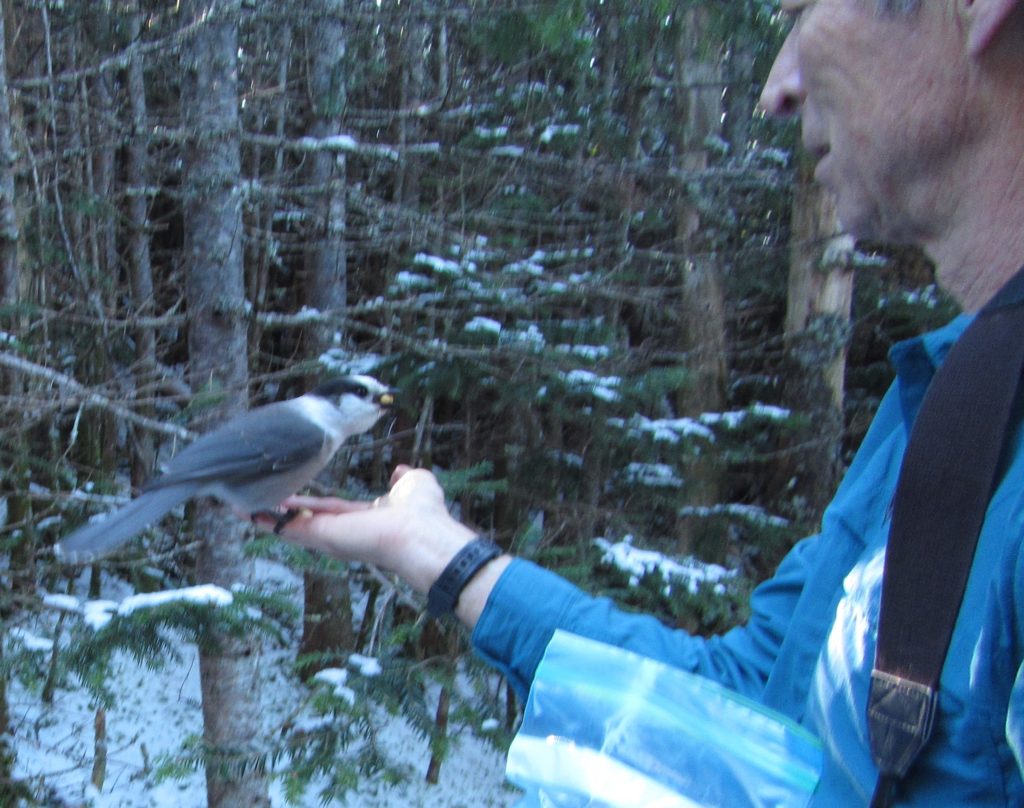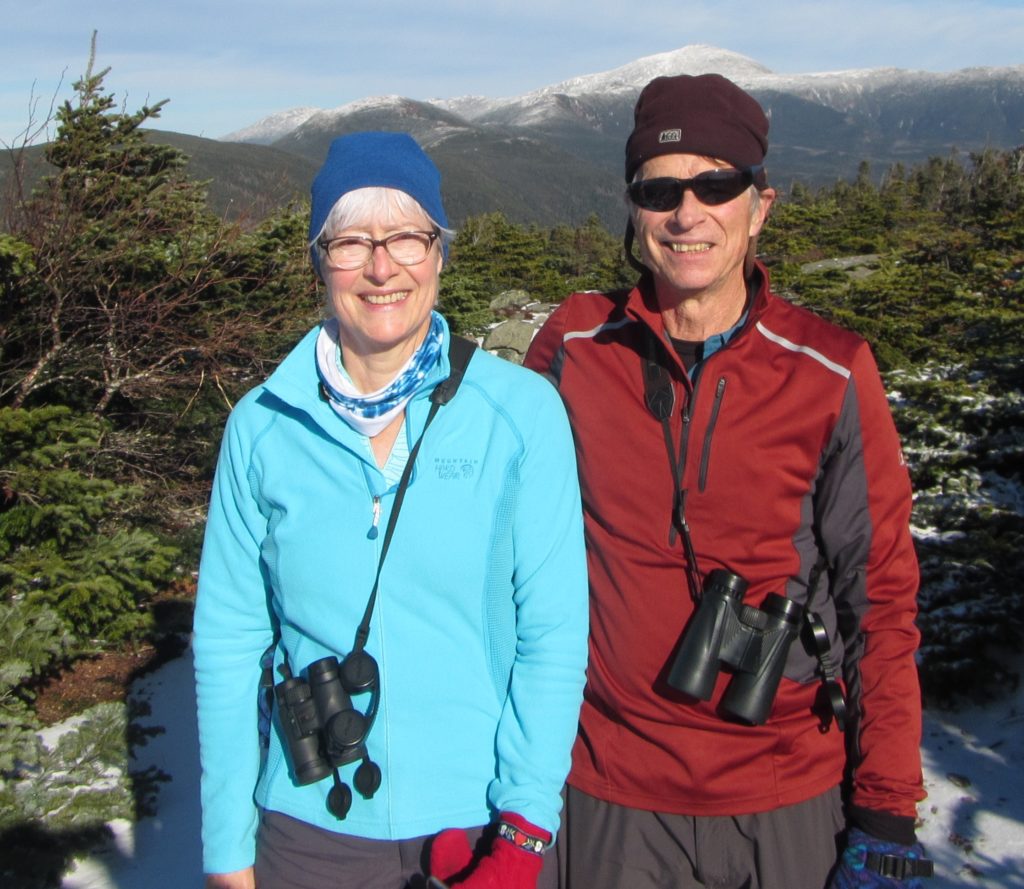Climbing Mount Charles Thomas Jackson
Seniors Not Acting Their Age
By Ron Chase
Distinctive Mount Jackson is located on the southwestern end of the Presidential Range in the New Hampshire White Mountains, New England’s most consequential mountaineering environment.
Situated between less illustrious Mounts Pierce and Webster, I suspect most people assume Mount Jackson is named for the seventh president, Andrew Jackson. To quote one of the most intelligent people I’ve met, “Never assume anything.” Unlike the more prestigious Mounts Washington, Adams, and Jefferson, Mount Jackson is not named for a president, but rather controversial 19th Century geologist, Charles Thomas Jackson.
Curious about who chose to name Mount Jackson for Charles Jackson and why, I’ve completed just enough research to be dangerous. While unsuccessful in finding answers to either of those questions, I did acquire information that many of his contemporaries considered him a fraud and a failure. Appointed United States Geologist for Lake Superior in 1847, he was dismissed due to poor leadership, disastrous according to one source. Scandals punctuated much of his life as a result of multiple false claims that he discovered guncotton, the telegraph, the anesthetic effects of ether, and others. In 1873, Charles apparently went mad and was institutionalized in an asylum for the remainder of his life. Some thought it was the result of viewing William Morton’s tombstone. Morton is believed to be the actual discoverer of the narcotic benefits of ether.

Maybe it’s time to reconsider the moniker for impressive Mount Jackson. I can think of several suitable presidential selections. On second thought, I don’t want responsibility for yet another politically divisive controversy. Let’s stick with Mount Charles Thomas Jackson; after all he did discover it.
Regardless of the designation, 4,052 foot Mount Jackson is an excellent mountain hike. A five mile out and back trek with about 2,300 feet of elevation gain, it is one of the easiest four thousand footers in the White Mountains to climb. Possessing an open summit with exceptional views, Jackson is included in my mountain guidebook, Mountains for Mortals – New England.
When my friend Suzanne Cole called to inform me that she and her husband, Gary, were attempting a December ascent of Mount Jackson the following day, I rearranged my plans to join my retired friends. Astonishingly, my schedule didn’t include any of the seemingly endless dental or doctor appointments we older folks endure.

We met at a small parking area located on the west side of Route 302 in Crawford Notch. A cool, clear sunny morning, brisk winds were forecast for the summit so cold weather gear was packed. Due to heavy rain the previous day, wet icy conditions were anticipated.
After crossing Route 302, our climb began with a moderate gradient on the Webster-Jackson Trail in a mixed hardwood and conifer forest. A steady flow of water rippled down the rocky trail for the first half mile resulting in slick footing. The moisture turned to patchy ice and a thin layer of snow while passing under and to the right of a huge stone overhang before joining the junction for a spur trail leading to Bugle Cliff Overlook.
Shortly after, imposing Flume Cascade was encountered. An attenuated stream that tumbles dramatically down a succession of sloping ledges, icy rocks on both sides made crossing treacherous. A cautious team effort resulted in a successful traverse.
At the halfway point, the trail diverged with Jackson Branch bearing left. Climbing steadily on a boulder-strewn path, increased snow and ice accumulation necessitated use of micro spikes. Completing an easy passage of Silver Cascade, a hungry Canada jay joined us. Gary quickly had the feathered moocher eating out of his hand. A character flaw, I hoard my food supply.

After entering stunted spruce growth, the trail turned abruptly left, narrowed, and steepened. A series of precipitous icy scrambles followed. Angling left and emerging above tree line, we scaled a huge, oblique boulder to the top.
Contrary to the forecast, winds were almost nonexistent on the exposed summit. Views were phenomenal with an expansive vista of the southern Presidential Range northeast and forested Willey Range looming on the west side of the notch with prominent snow-capped Franconia Ridge beyond.
Following an extended respite, we guardedly began our slippery descent. After choosing a more conservative route over Cascade Flume farther upstream, a visit to scenic Bugle Cliff Overlook ensued. Micro spikes, reportedly invented by Charles Thomas Jackson, were invaluable during the return.
Author of “The Great Mars Hill Bank Robbery” and “Mountains for Mortals – New England,” Ron Chase resides in Topsham. His latest book, “The Fifty Finest Outdoor Adventures in Maine” is scheduled to be released by North Country Press in 2021. Visit his website at www.ronchaseoutdoors.com or he can be reached at ronchaseoutdoors@comcast.net.




